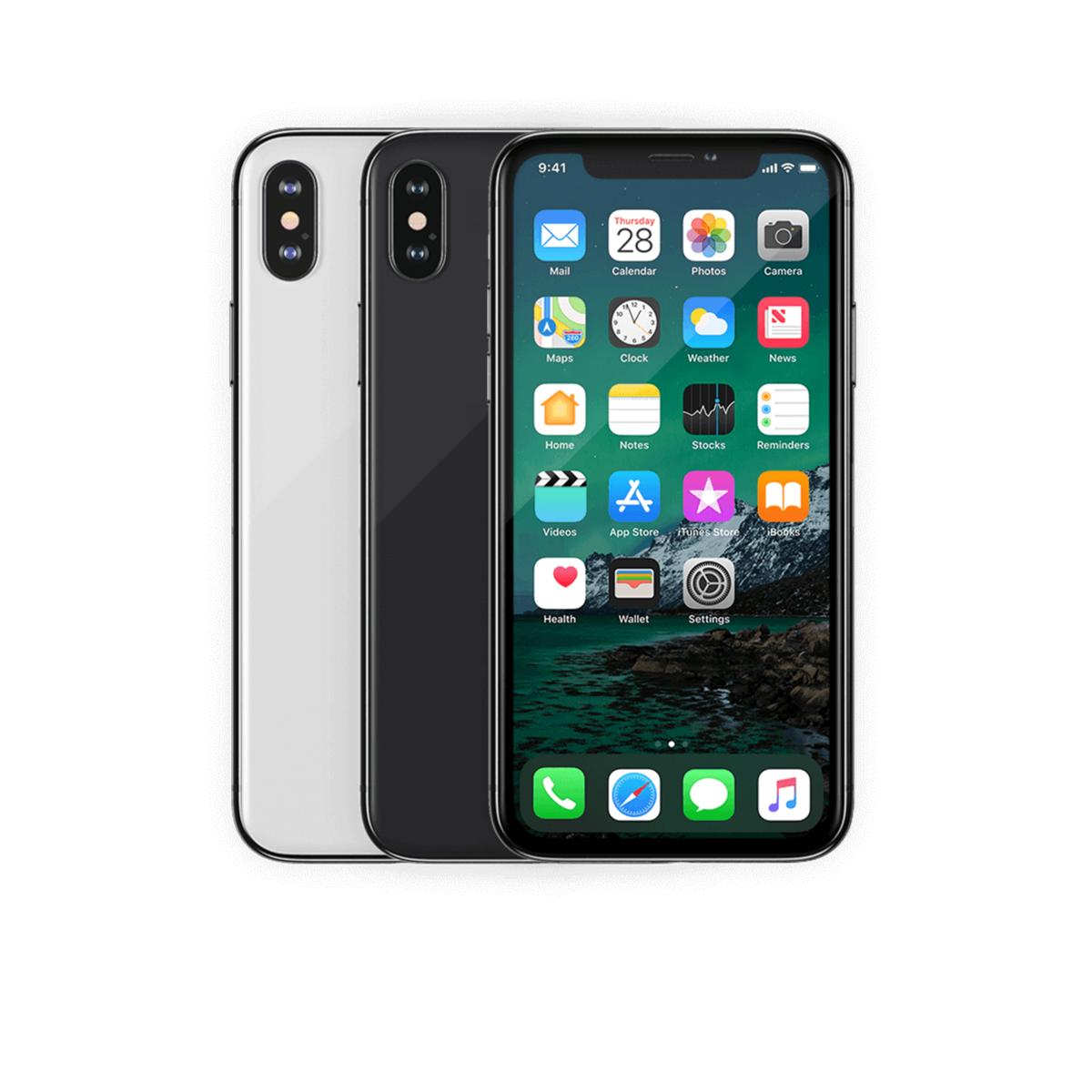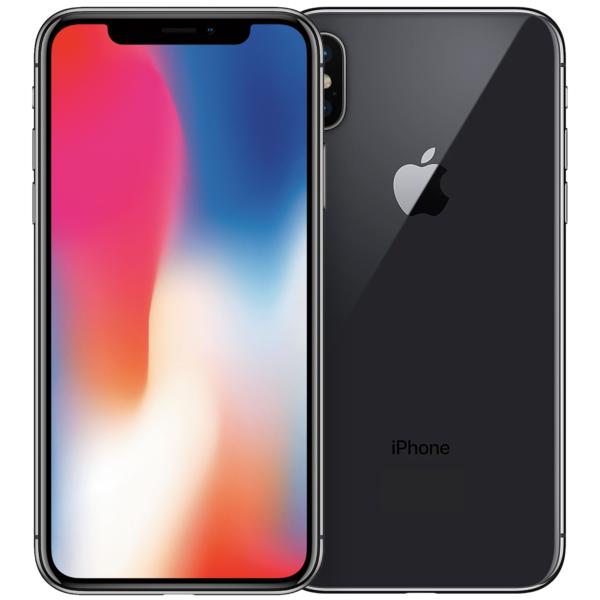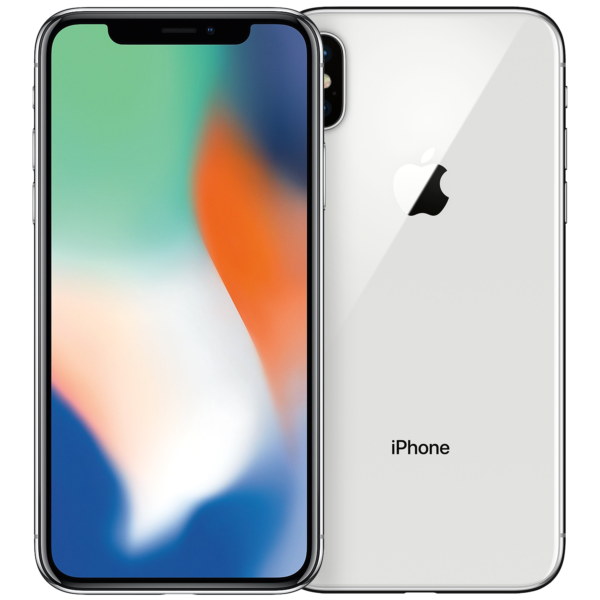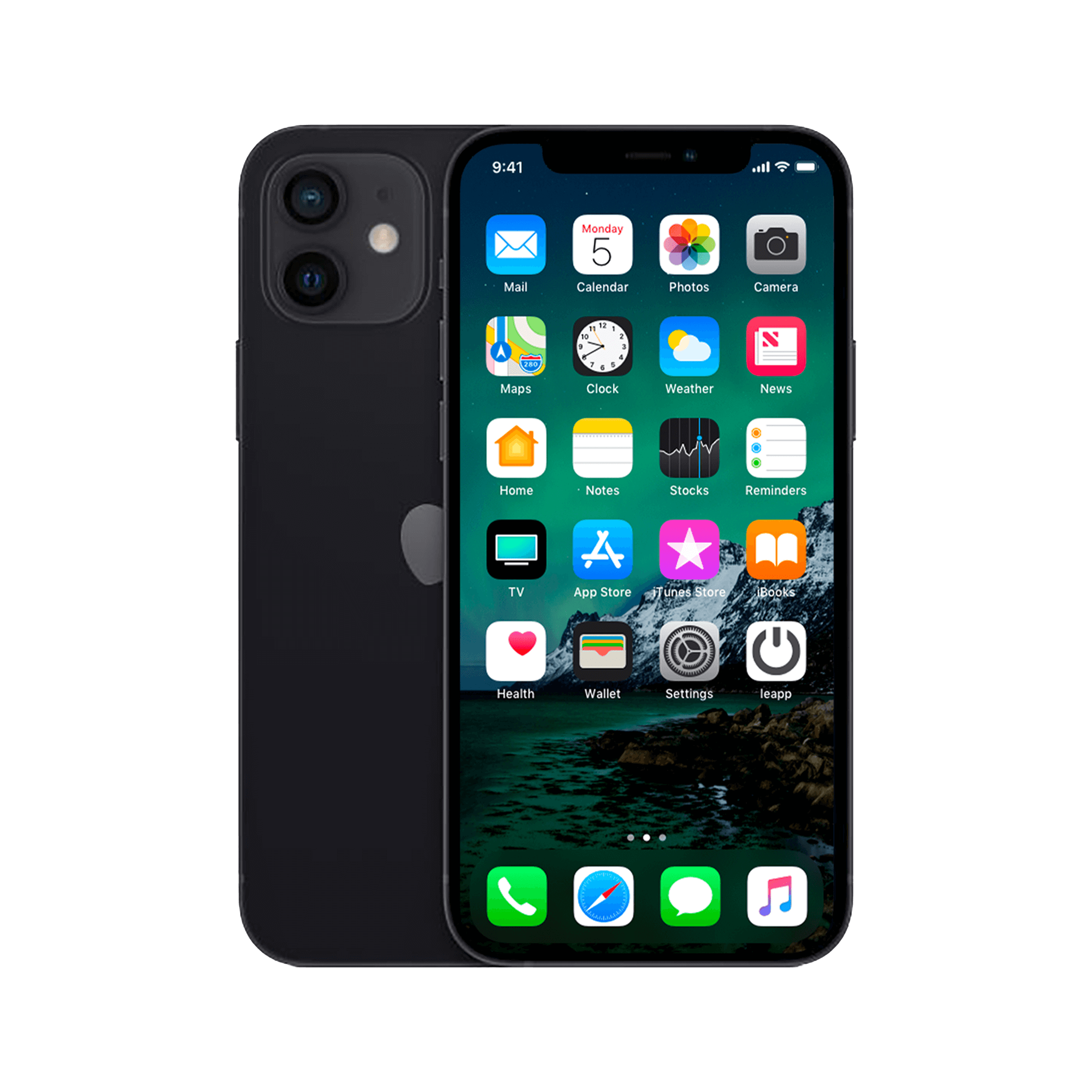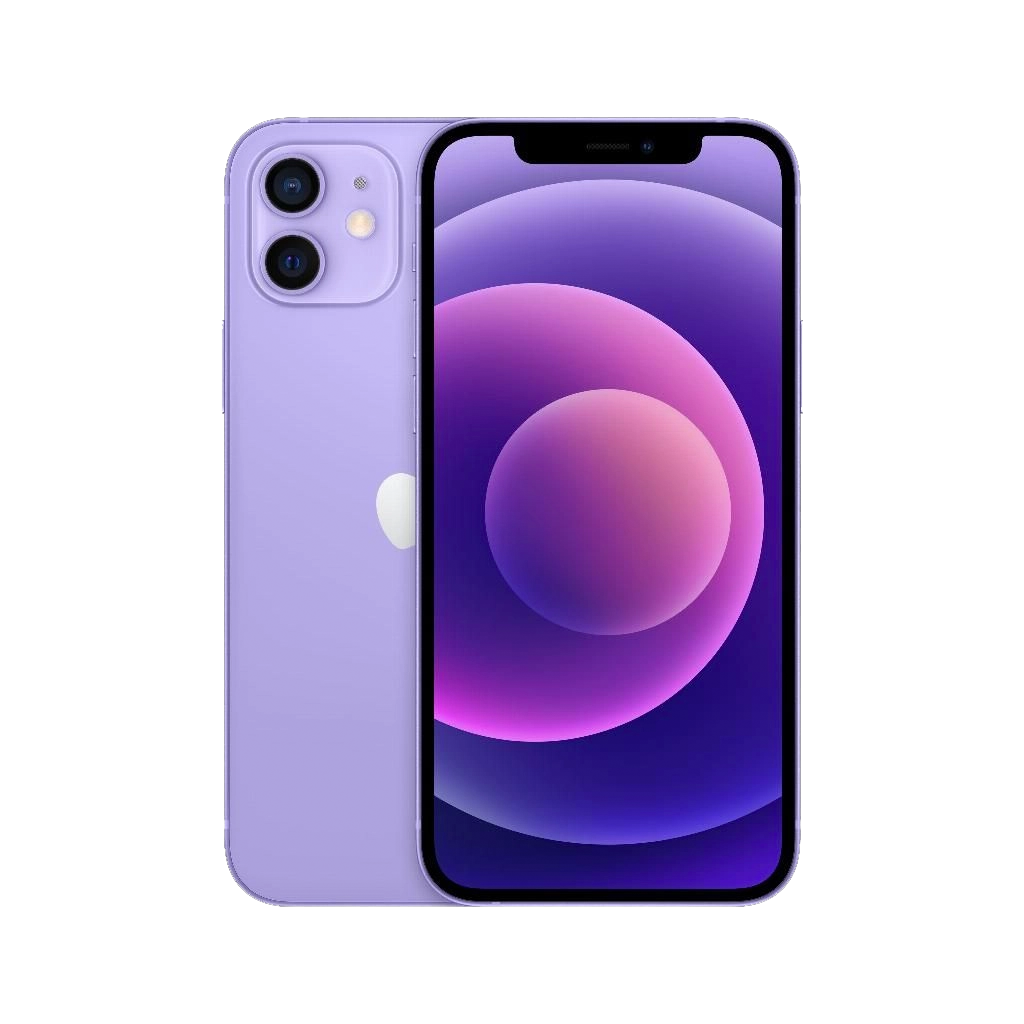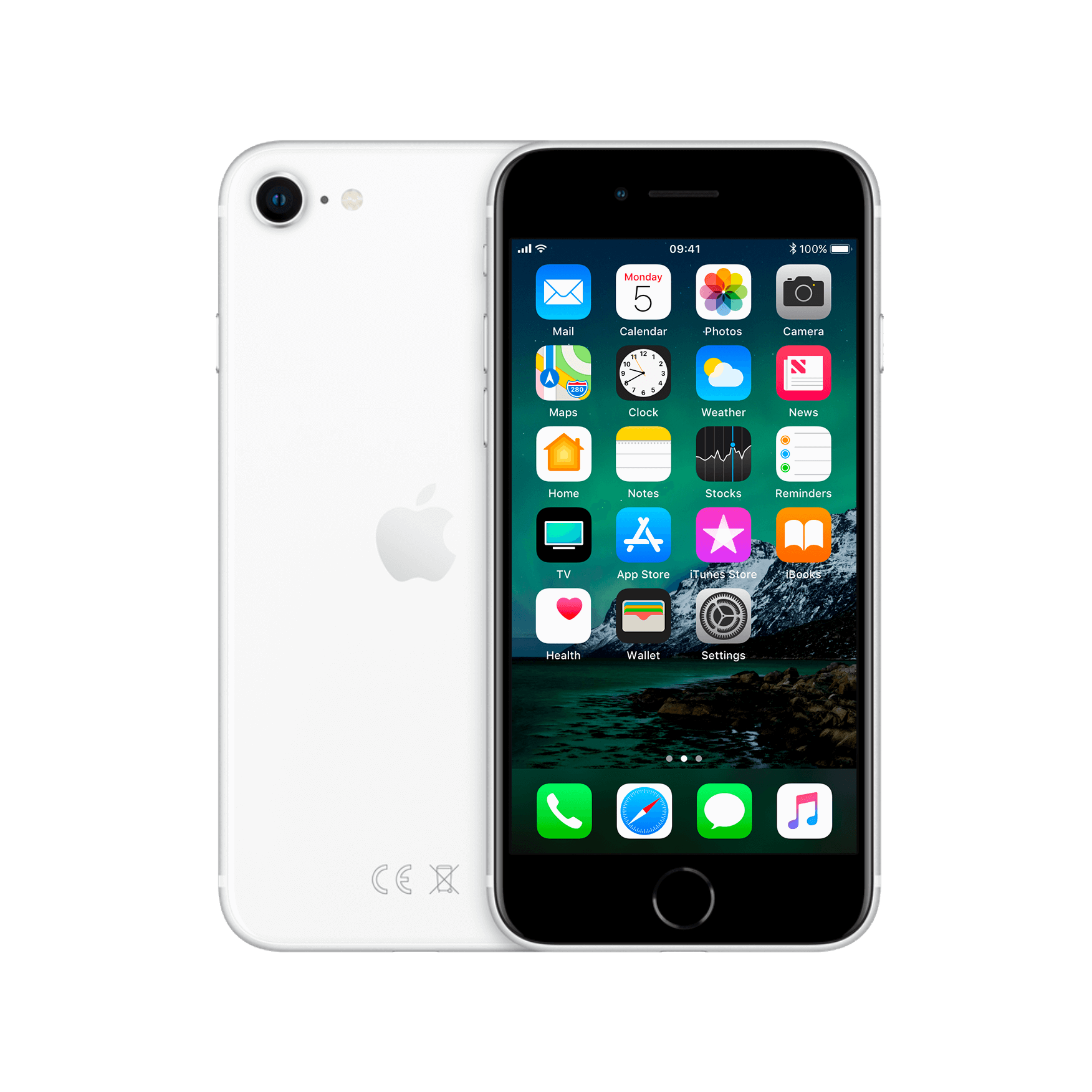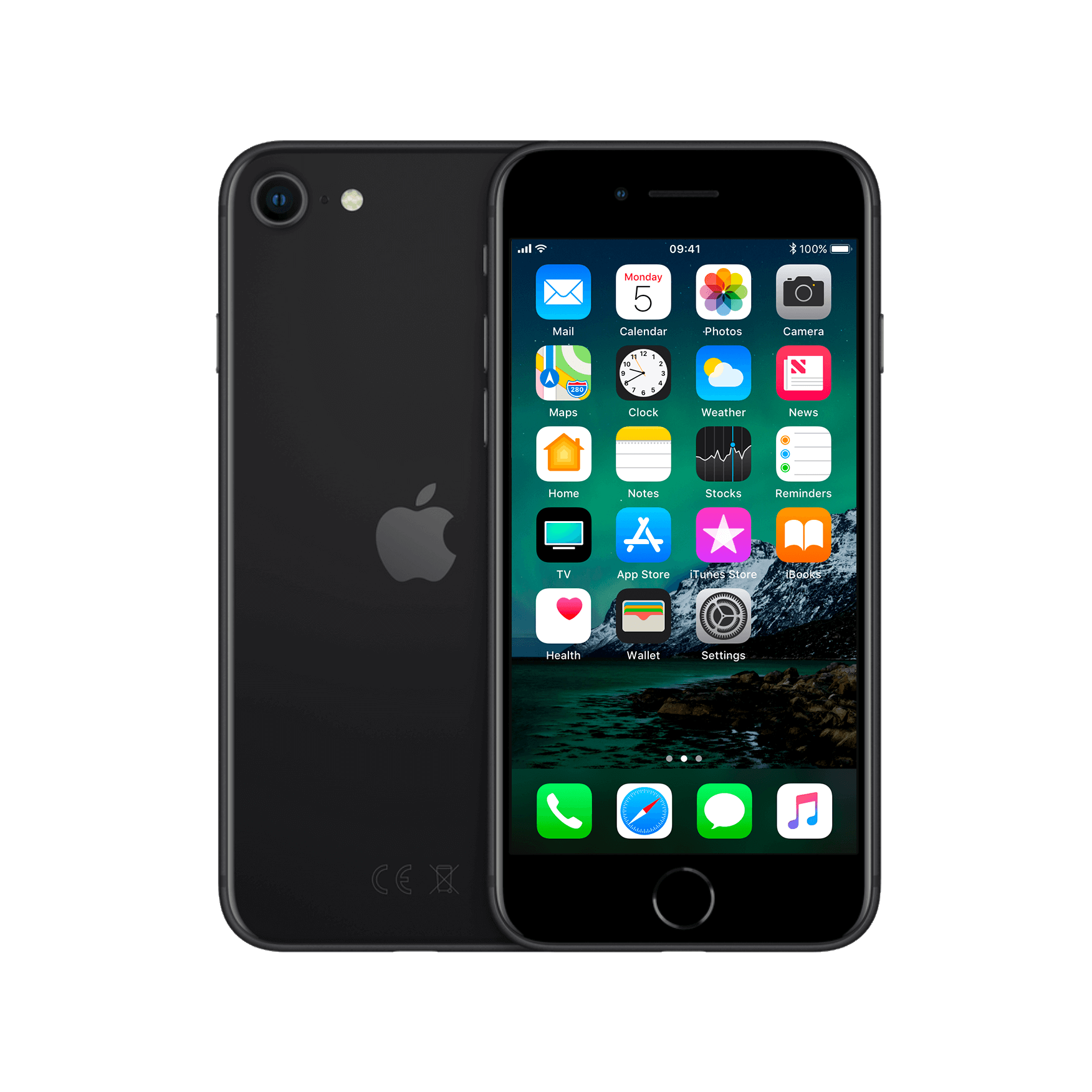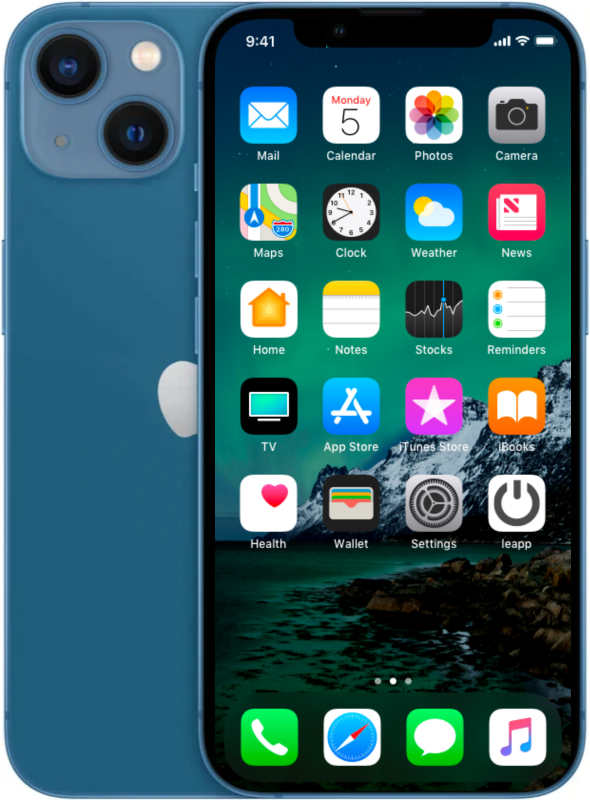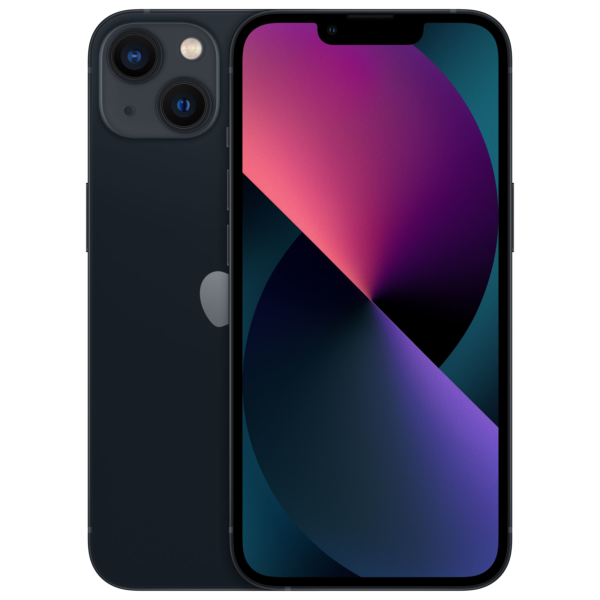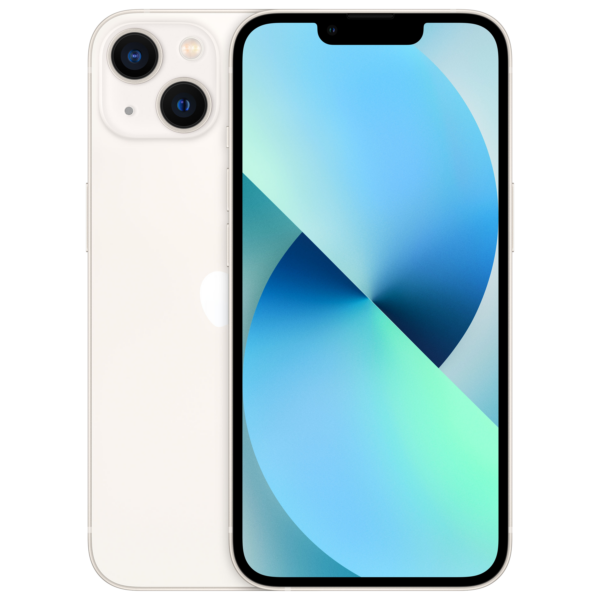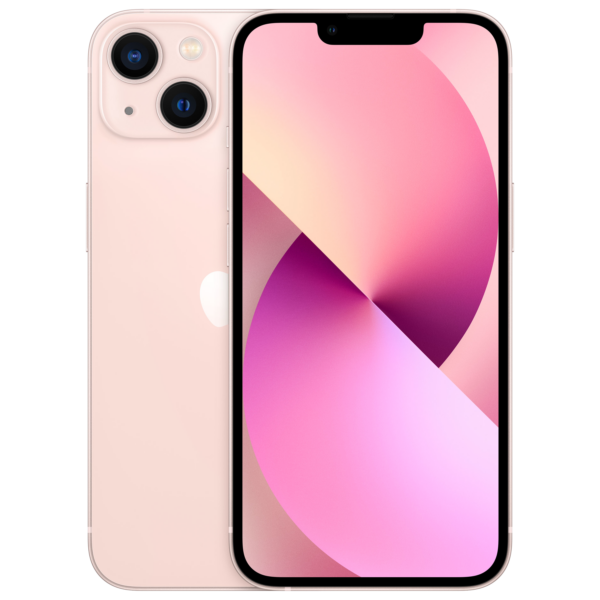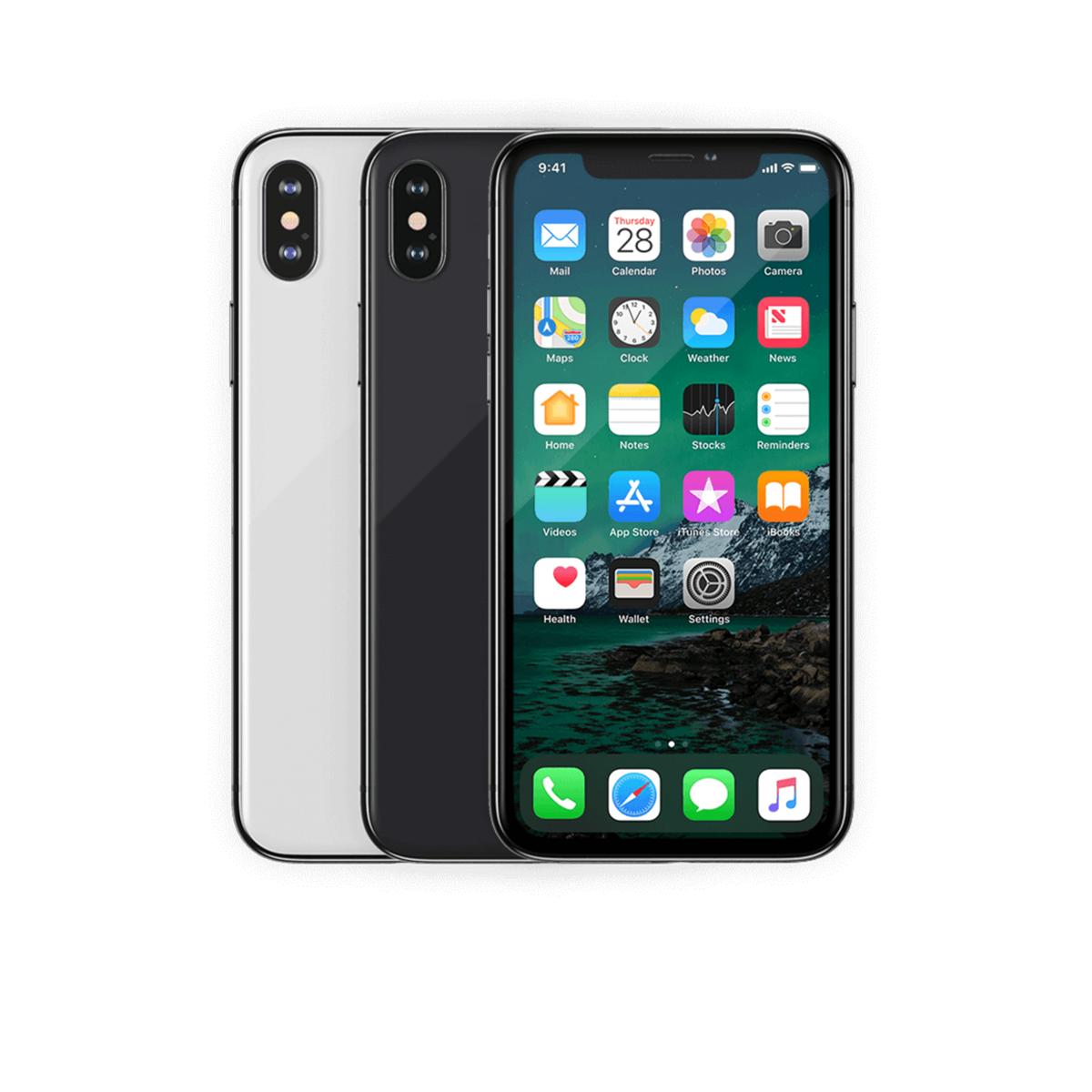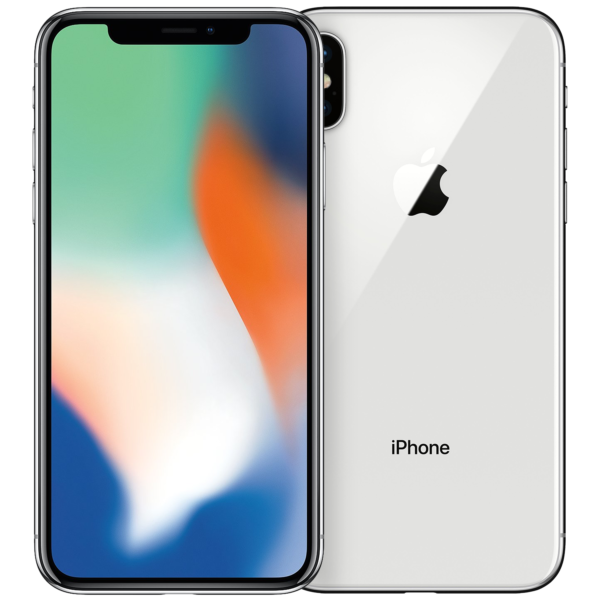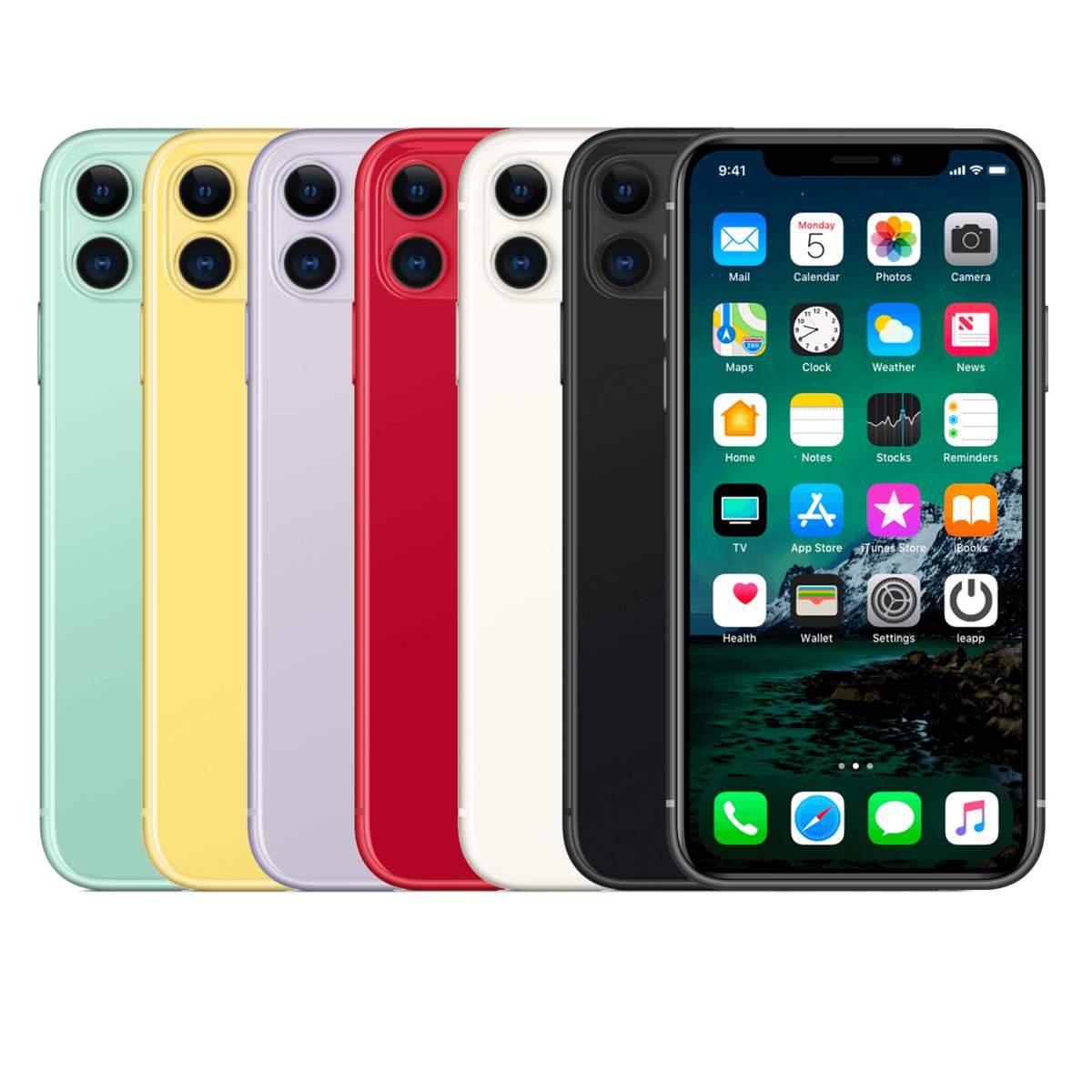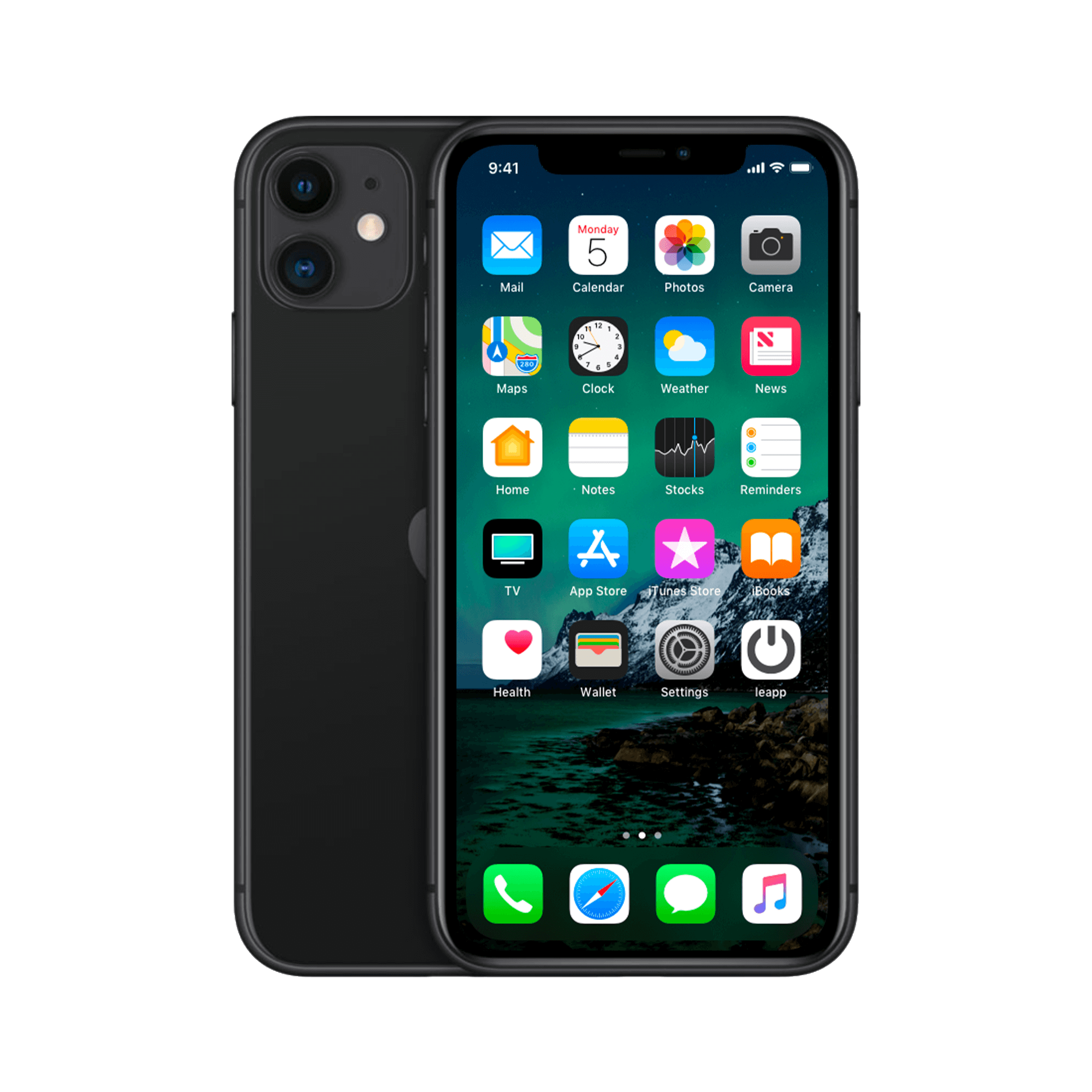Why you shouldn't postpone iPhone updates
That update notification. You see it pop up on your iPhone. Again. You push it away, maybe tomorrow. We all know it - updating feels like a hassle. You have to wait, apps might work differently, and what if something goes wrong with your iCloud data ?
But here's what Apple doesn't tell you: delaying updates is exactly what criminals hope you'll do. Every day without an update is an open door for hackers who want your banking information, private photos, and passwords. Those recent security breaches that compromised thousands of iPhones? All devices that were months behind on updates.
In this article, you'll learn not only how to update safely without losing data, but also why your refurbished iPhone is probably better protected than you think—if you follow the right steps.
Useful links
- iPhone accessories for optimal protection during updates
- AirPods for hands-free calling while waiting
- Refurbished iPhone collection as an alternative to older models
Why updating your iPhone is crucial for your digital security
You've probably experienced this: that update notification popping up on your screen again. It's tempting to tap "remind me later." Yet, updating regularly is one of the most important things you can do for your digital security. Every iOS update contains essential security patches that close vulnerabilities in the system.
Criminals are constantly scanning for devices with outdated software. They know exactly what vulnerabilities exist in older versions and can exploit them to access your personal data, such as your banking information, private photos, contact lists, and passwords. Recent research shows that more than 70% of hacked iPhones are months behind on updates.
Performance improvement and battery life
Besides security, updates also improve performance. Apple continuously optimizes the iOS code, making your device run more efficiently. This means apps launch faster, animations run smoother, and your battery lasts longer. Especially with older models, these optimizations can make the difference between a slow device and one that will last for years to come.
When is the best time to update?
The ideal time to update your device is in the evening, while you're asleep. Charge your iPhone, connect to Wi-Fi, and let the update install automatically. This way, you won't be interrupted by the update process and you'll start the next morning with an updated device.
Don't wait too long for major updates
For major iOS releases (such as the upgrade from iOS 16 to iOS 17), you might consider waiting a week or two. This gives Apple time to fix any teething problems. This advice doesn't apply to security updates: always install them as soon as possible.
Step-by-step: Update safely without data loss
Step 1: First make a complete backup
Before you start updating, a backup is essential. You have two options:
Via iCloud:
- Go to Settings > [your name] > iCloud > iCloud Backup
- Turn on iCloud Backup
- Tap 'Back Up Now'
- Please wait until the backup is fully completed
Through your computer:
- Connect your device with a cable
- Open Finder (Mac) or iTunes (Windows)
- Select your iPhone
- Click on 'Back up now'
- Choose an encrypted backup to also store health data and passwords
Step 2: Check your storage space
An update temporarily requires additional space. Check this in Settings > General > iPhone Storage. You need at least 2-3 GB of free space. If necessary, temporarily delete large videos or unused apps.
Step 3: Start the update
- Make sure you have at least 50% battery or connect your charger
- Connect to a stable WiFi network
- Go to Settings > General > Software Update
- Tap 'Download and Install'
- Enter your access code when prompted
- Accept the terms
The download will now begin. Depending on your internet speed, this will take 10-30 minutes. The installation itself usually takes 15-20 minutes.
Troubleshooting issues during the update process
Update failed: what now?
Sometimes an update gets stuck or fails completely. Don't panic, here's what you can do:
- Restart your device: Press and hold the power button and volume button simultaneously until the Apple logo appears
- Check your internet connection: If necessary, switch to a different WiFi network.
- Free up space: Temporarily delete large apps or media files
- Update via computer: Connect to your Mac or PC and update via Finder/iTunes
My iPhone is too old for updates
Apple supports iPhones with software updates for an average of 5-6 years. If your model is no longer supported, consider a refurbished model. These devices have been thoroughly inspected, have new batteries, and come with a warranty. It's a sustainable and affordable alternative to a brand new device.
Set up automatic updates
Never want to miss an important update again? Turn on automatic updates:
- Go to Settings > General > Software Update
- Tap on 'Automatic Updates'
- Turn on 'Download iOS Updates' and 'Install iOS Updates'
Your device will now update overnight when it's charging and connected to Wi-Fi. Security updates will even be installed via mobile data if they are critical.
Additional tips for a smooth update process
Prepare your apps
Some apps also need to be updated after a major iOS update. Open the App Store and check for available app updates. Install them beforehand to avoid problems.
Test important features
After the update, it's a good idea to quickly check whether everything is working:
- Test Face ID or Touch ID
- Check if your most important apps are starting up
- Check if your photos and contacts are still there
- Test the camera and microphone
Save your backup
Keep your backup available for a few days after the update. If anything unexpectedly goes wrong, you can always restore it to the previous state.
The benefits at a glance
Regular updating gives you concrete benefits:
- Better security: protection against the latest threats
- Faster performance: optimized code for smoother use
- New features: access to the latest iOS features
- Longer battery life: more efficient energy management
- App compatibility: keep installing new apps
- Bugfixes: Solutions for known issues
Updating your iPhone takes only half an hour of your time, but it will protect you from digital threats for months. Make it a habit to update immediately when a new version is available. Your privacy, security, and ease of use are worth it.
Conclusion: Updates are essential for your security
Updating isn't a hassle, but it's the easiest way to keep your iPhone secure and fast. With automatic updates, you don't even have to think about it—your device does the work while you sleep. Criminals target outdated devices, so every update you skip is an unnecessary risk.
Is your current iPhone no longer compatible with the latest updates? Then a refurbished model is a smart choice: fully tested, with a warranty, and guaranteed to receive the latest security updates for years to come.


